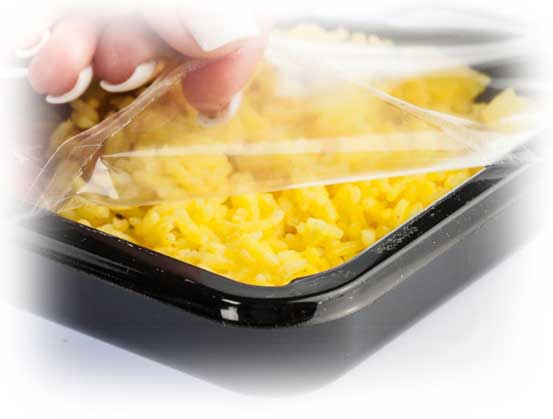Peel And Adhesion Testing
Adhesive strength is measured with many objectives, depending on the application. For instance, bonding in construction materials is designed in such a way that they don’t break in intended working conditions. Whereas in some applications the bonding is designed to separate, like foil lid and resealable tapes. Adhesive strength is measured by
- Tensile test
- Shear test
- Peel test
They all might sound same but tell about the different factors of bonding. The test is chosen after analysing the type of the seal. For instance, a flexible bonding is measured using peel strength. A peel strength tester has many advantages over other testing machines to check the bonding strength. It measures very minute peel values.
The main aim of packing is to protect the packed contents from damage and preserve the hygiene. A packet is designed so that only intended user can open it without any auxiliary help. This is why peel strength is decided very cautiously. A too strong bonding might result in breakage of the components. On the other hand, too weak bonding may result in the unintentional opening of the packet. Both these conditions considered as a failure of the seal. Labels, pressure sensitive tapes and resealable packings are tested differently for diverse applications.
Adhesion has different purposes as per the application. They are meant to hold the substrates together, allowing them to or not to separate in normal working conditions. Take the example of the shoe sole, the adhesion should not fail in any way and stick to the upper part of the shoes. On the other hand, adhesives tapes are meant to get peeled easily. Having a reliable adhesion is very important to avoid product failure and work flow failure.
A lot of things are at stake when a product is rolled out into the market. Brand reputation, cost of the product, time invested, efforts put in, would get trashed if the product fails. This is why stringent testing is followed to assure the quality of the product and its packing. Peel strength testing is, therefore, an inseparable part of the quality management and assurance process. With the change in intended
working conditions, the design and manufacturing process is altered to make packing withstand.
Types of peel test
Different types of peel tests are adopted as per the testing material and industrial requirement. According to standard test methods, every test has a prescribed speed and angle of separation. This ensures perfect repeatability. However, speed can be altered, but it is certainly not advised to change the angle as this would lead to inaccurate results, violation of testing standards. Apart from that, there are certain internal standards, that operator needs to fulfil.
Principle of Peel Test
The peel strength tester creates a condition for the bonded material. The strength between substrate, rigid base and laminated coating is measured in controlled conditions, as per the testing standards. To start with the test, one end of the laminated layer is inserted into the fixed fixture and the free ends of the sample are inserted into the movable fixture. The fixture will start moving in an upward direction. It is more like a tensile test, in this situation, the fixture will remove the laminated end from the bonded surface. A sensor will measure the load applied to peel off the substrates and displayed on the screen. The operator further need not calculate anything. The display shows the peel strength of the sample.
Presto Stantest offers high-quality of Peel Strength Testers with several features with the digital and computerized display to fulfil the requirements of a large number of customers at the single point of time. The instrument offers precise test results as it is designed as per the standards ASTM D429 – 14, ASTM D903
Presto is the leading manufacturer and supplier of the testing instruments. Peel strength tester offered is made to comply testing standards ASTM D429 – 14 and ASTM D903.
It has many high-end features like;
- Digital computerised display for easy observation.
- Printing facility can be procured on request.
- It can store up to 9 test results
- Feather touch controls
- VFD drive multi-speed facility also available (30-300 mm / min.)
- Load Cell Capacity: 20 Kgf
- Speed: 300 mm/min ± 5%
For more information about this machine, you may contact our experts. They would help you in choosing the right machine for your industry.
